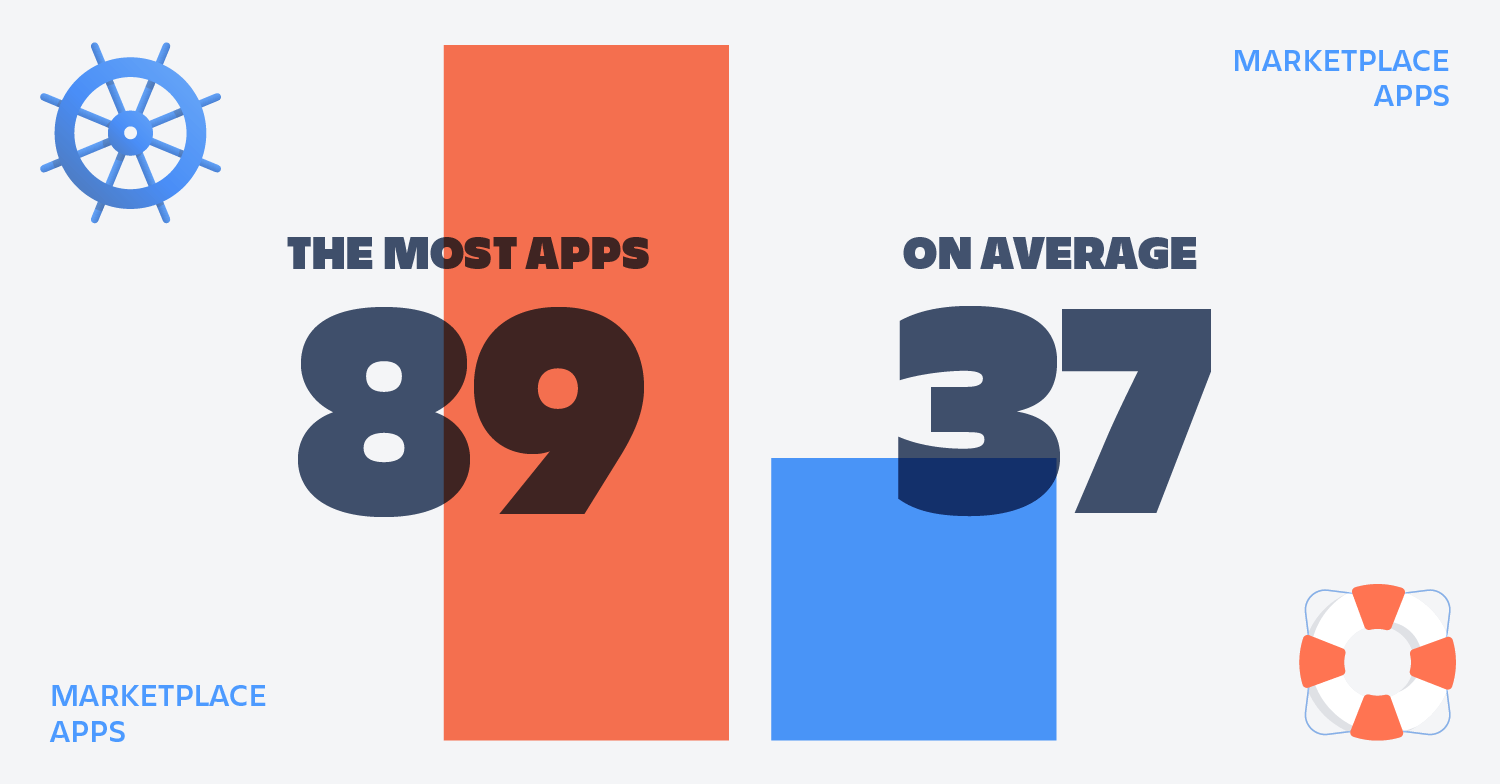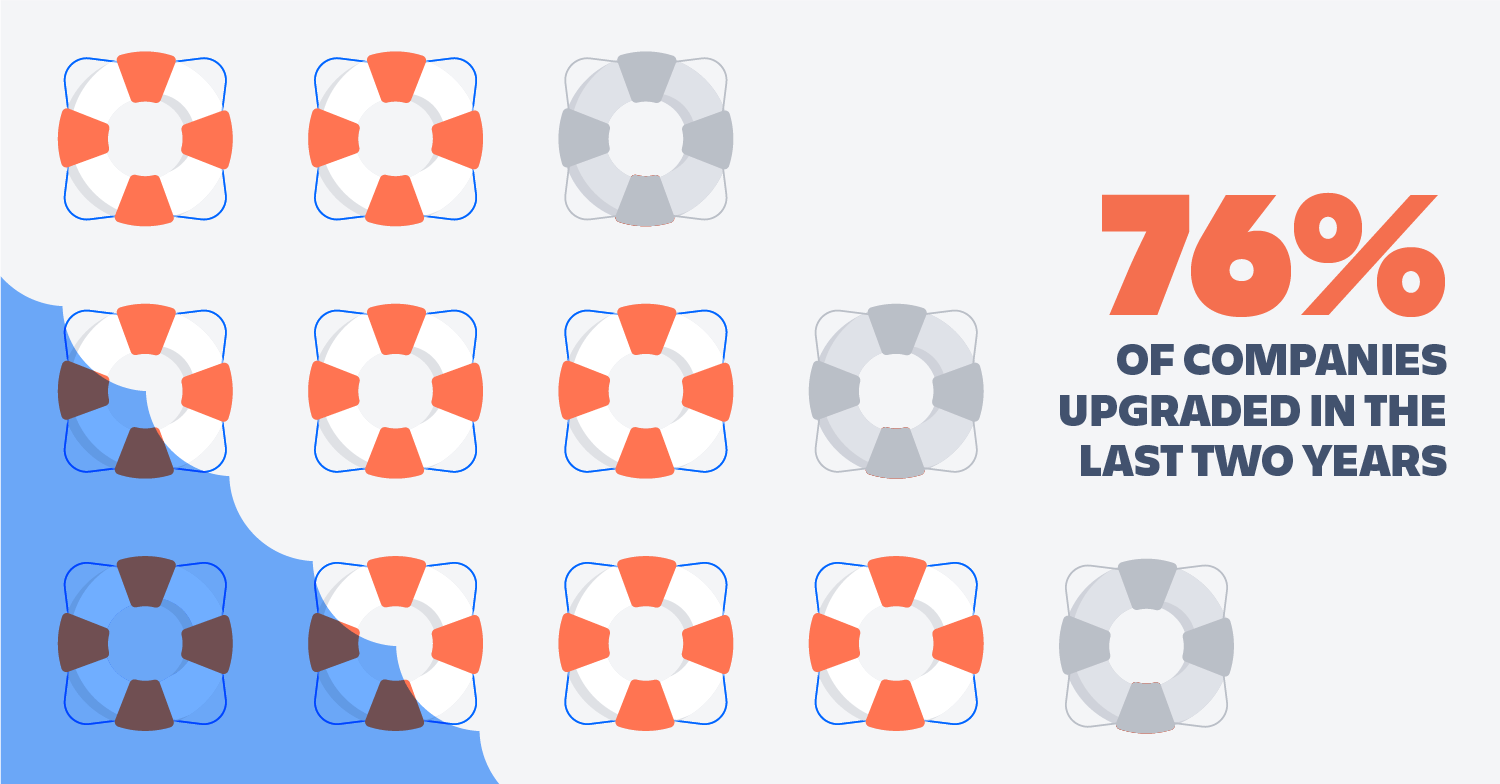Over 40,000 customers worldwide use Confluence to collaborate, representing millions of active users each month. These users work on diverse functional teams, including software, IT, HR and Marketing, in different industries — and many adapt Confluence to their own work styles or use cases. Confluence is flexible so teams can use it to create and organize documentation, draw up project requirements, collaborate with other teams, provide visibility to projects, and more. For administrators, this flexibility can mean that maintaining a growing instance can feel like you’re navigating uncharted waters.
To help you and your teams keep your Confluence instance in ship shape, we’ve collected key Confluence statistics from some of our largest customers and enlisted the help of our Technical Account Management (TAM) team to provide pro tips for how to approach managing Confluence at scale.
Knowing the lay of the land (or Confluence instance)
Pages and spaces are indicators of the amount of work being done in Confluence. Often, Confluence is adopted on the team or project level and as pages circulate to other teams, Confluence usage can grow organically when other teams experience how easy it is to create and edit content. As new teams learn the ropes and begin to create pages and spaces for their own work, they will also contribute to an instance’s overall size.
Among our largest customers, the number of Confluence pages grows on average of 20% year-over-year, and the number of Confluence spaces grows on average of 12.5% year-over-year. (Note: These averages were calculated between 2017 and 2018)
Growth in Confluence pages and spaces indicate that more work is being done in Confluence over time. This may mean that an organization is growing, that their usage of Confluence is growing, or both. When teams across your organization use Confluence to create documents, provide feedback, and iterate on work, it becomes mission critical to every team’s success.
PRO TIP: Each team in your organization may be using Confluence differently, but here are three simple ways that teams can create better content.
Confluence users can each create a personal space, which they can treat as a sandbox or scratch pad. Personal spaces allow users to play around, draft pages, try out features, and generally see what spaces are capable of. Global spaces are shared by team members and are the areas where users can create content and collaborate with others. Personal spaces and global spaces contribute to the overall total spaces in an instance. Depending on how your organization uses spaces, space count can indicate how many employees and teams are using Confluence, how many projects are being planned in Confluence, or a mix of both.
PRO TIP: No matter how many spaces your organization has, keep your Confluence instance in ship shape with regular health checks and monitoring. Testing helps determine whether your infrastructure is capable of supporting adequate performance levels under typical loads. To get started, you can use our Performance Testing Framework for Confluence.
Batten down your apps! Teams depend on apps to extend Confluence’s functionality
On average, our largest customers use 37 Marketplace apps in their instances, and our most app-happy customer’s instance is chock-a-block of apps with 89 of them installed. The Atlassian Marketplace is your go-to place for finding hundreds of apps that can extend the functionality of Confluence and help you unlock more from your pages. There are 750+ apps available for Confluence that can help teams bring schedules and work together, facilitate internal Q&A, create publishing workflows, create diagrams and more.
Among our largest customers, the top 5 Marketplace apps are:
- Table Library for Bob Swift Add-ons
- Numbered Headings
- Multi Excerpt
- Advanced Tables for Confluence
- Table Filter and Charts for Confluence
PRO TIP: When you’re adding apps to your Confluence instance, make sure you exercise caution! Vet potential apps to ensure there is a strong use case or business need within your organization and thoroughly test the app. Testing should include performance and functional testing to ensure the app performs as expected and does not cause any unintended regression. Once you’ve done both of these steps, you can go ahead and push the app to your production instance. Don’t forget – if you’re running Confluence Data Center, you can now check if your apps are compatible with Data Center!
Most customers upgrade on a regular basis to ensure their instance has a clean bill of health
For many teams, upgrading their Confluence instance can seem like routine housekeeping, but for others, it can seem like they’re walking the plank. There are no hard and fast rules for how often you should upgrade, but we do recommend upgrading to supported versions.
All hands on deck
Got all hands on deck for your organization’s fast-growing Confluence instance? Try our Data Center deployment option, which helps maintain uninterrupted access to Confluence and delivers performance at scale.





